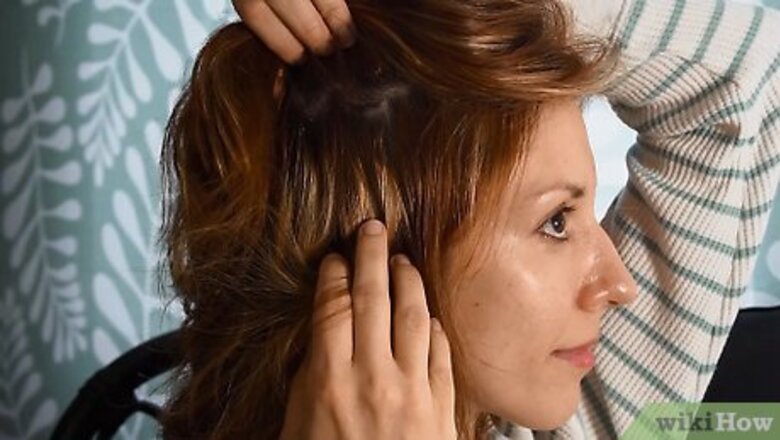
views
Selecting Shampoo Ingredients
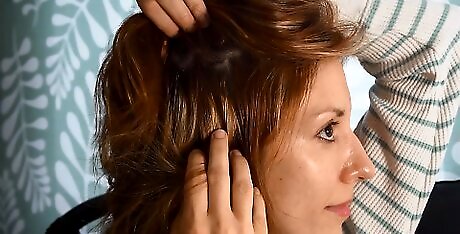
Understand your scalp’s pH balance. Your skin and scalp have a natural pH level between 4.5 and 5.5, and your shampoo and conditioner should have a pH level that matches your body. Many homemade shampoo recipes call for products that are too alkaline (like baking soda) or too acidic (like vinegar) without balancing them out, meaning they won’t have the right pH level for your scalp. Signs that your hair care products don’t have the right pH level include: Eczema and psoriasis on the scalp Mold or fungal infections Dry or itchy scalp Dandruff or flaking Hair loss or breakage
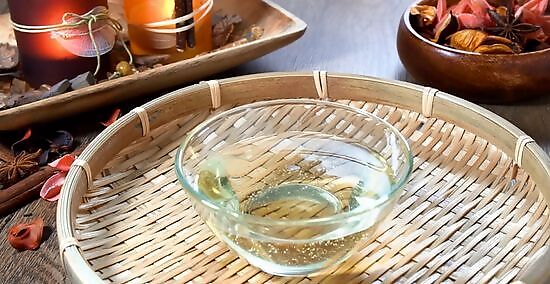
Use moisturizing oils and ingredients. Along with traditional moisturizers like aloe, coconut oil, and olive oil, there are also many essential oils you can add to your shampoo to make it more moisturizing and nourishing. Especially if you have dry hair, try oils such as: Cedar wood and clary sage, which are also good for thin hair Chamomile Lavender and ylang-ylang Rosemary and thyme
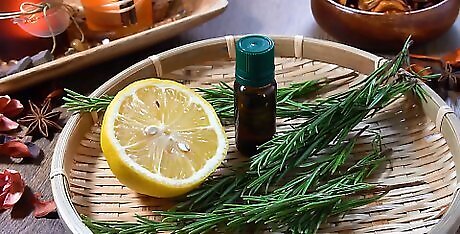
Find ingredients to treat other scalp issues. There are many hair-related problems that people suffer from, including brittle or dull hair, oily hair, hair loss, dry scalp, and dandruff. Luckily, there are also many essential oils available that are great for healthy hair, treating problems, and improving the look and feel of your hair. To treat a dry scalp or dandruff, use lemon, lavender, tea tree, and rosemary in your shampoo. To strengthen your hair or help reduce hair loss, try clary sage, lavender, wild orange, rosemary, and peppermint. For added luster and shine, try sweet basil, chamomile, and lavender. To treat oily hair, add some bergamot, cedar wood, lemon, pine, or ylang-ylang to your shampoo.
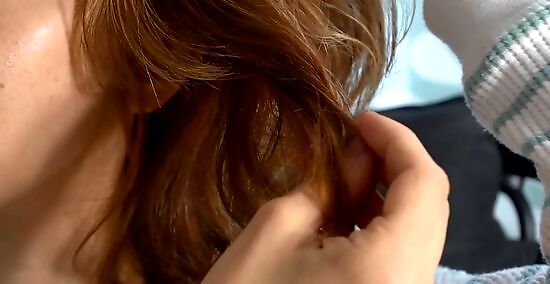
Learn proper hair care techniques. While personal hygiene routines are quite personal, there are definitely some right and wrong ways of washing, drying, combing, and styling your hair that can lead to damaged and unhealthy hair. Always work shampoo into a lather in your hands before applying it to your scalp. Massage your scalp with the shampoo to ensure you clean it properly and remove dirt and debris. Always use a wide-toothed comb to brush your hair, or if you want to use a brush, make sure it has plastic bristles that are tipped with protective balls.
Making Basic Shampoo
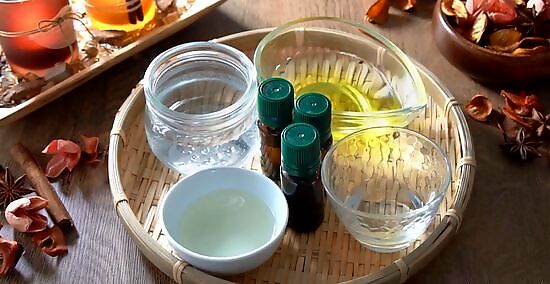
Gather your ingredients and container. Old shampoo bottles or mason jars are great for homemade soaps, but be sure to rinse them out first. Grab your castile soap, oil, glycerine, and essential oils. The glycerine will help give the shampoo a little more body and make it less runny.
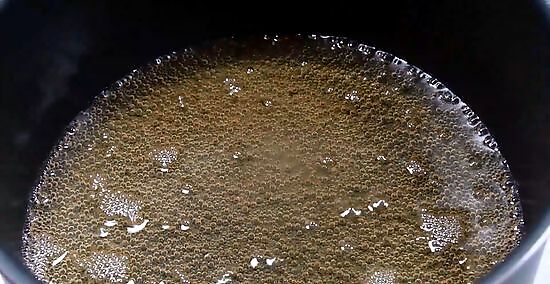
Add beer for more body and shine. Beer can actually help give your hair more bounce and luster, and you can still find this as an ingredient in many artisan shampoos today. Take one cup (237 ml) of beer and heat it in a pot on the stove. Reduce it to one-quarter cup (59 ml) and allow to cool.
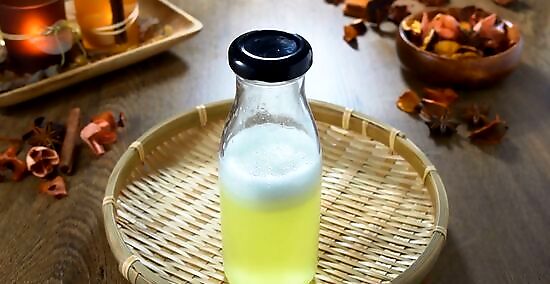
Mix your ingredients. Pour all the ingredients into your bottle. Shake well and it’s ready to use! Always shake your shampoo before use.
Making Soap-Free Shampoo
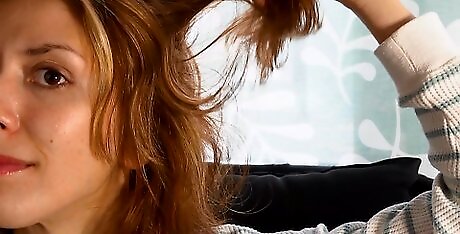
Determine if you need soap-free shampoo. Some medical conditions, such as eczema and psoriasis, are exacerbated by soaps and shampoos. In such cases, soap-free shampoo, which is also called no-poo, can act as a suitable alternative for washing hair. Many people believe that shampoo causes our scalps to produce more oil, and that no-poo will reverse this process. However, the amount of oil your scalp produces is genetic, and has nothing to do with your shampoo.
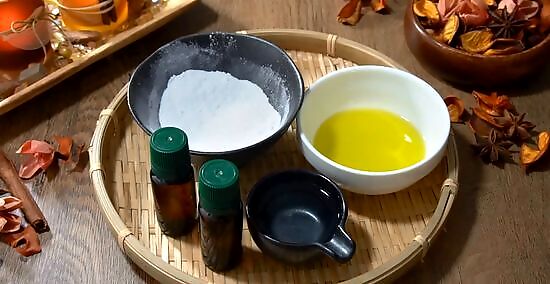
Gather your ingredients and bottle. Aloe is important in this recipe as a moisturizer, but it also has a pH between 4.5 and 5.5, making it perfectly matched to your skin and scalp. The essential oils in this recipe can be substituted for others, depending on your needs or personal preferences.
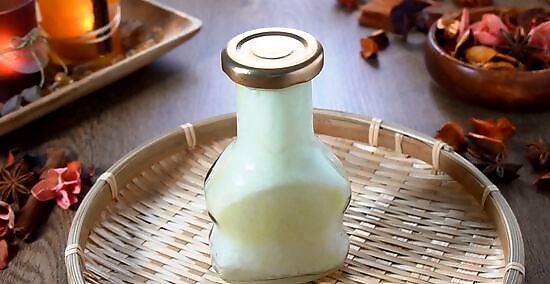
Mix the ingredients. Pour all the ingredients into an old shampoo bottle or mason jar and mix well. Always shake before using.
Making pH Balanced Shampoo
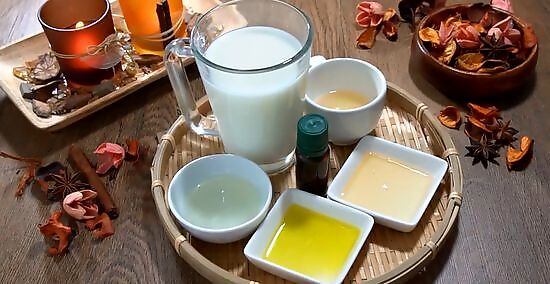
Grab your tools. Along with your shampoo ingredients and bottle, you will also need a medium bowl and a whisk.
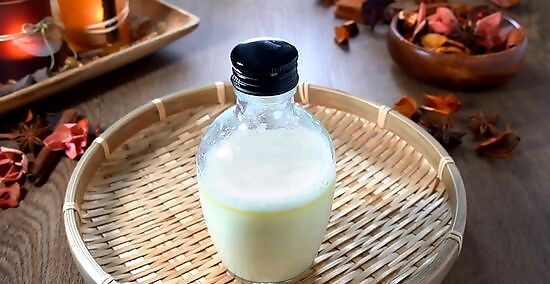
Mix your ingredients. Pour all the ingredients, including any essential oils you’re using, into your bowl. Whisk them together until the mixture is smooth. Transfer to your bottle or mason jar.
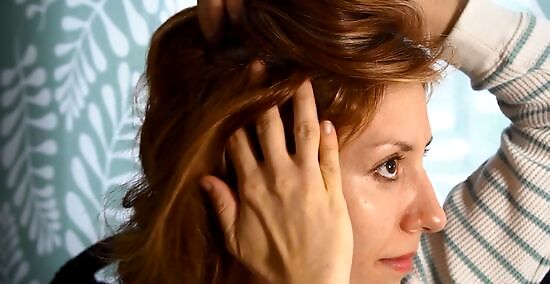
Massage into hair. Shake your shampoo before each use. Massage a small amount into your scalp and let rest for two to three minutes. Rinse with clean water.


















Comments
0 comment